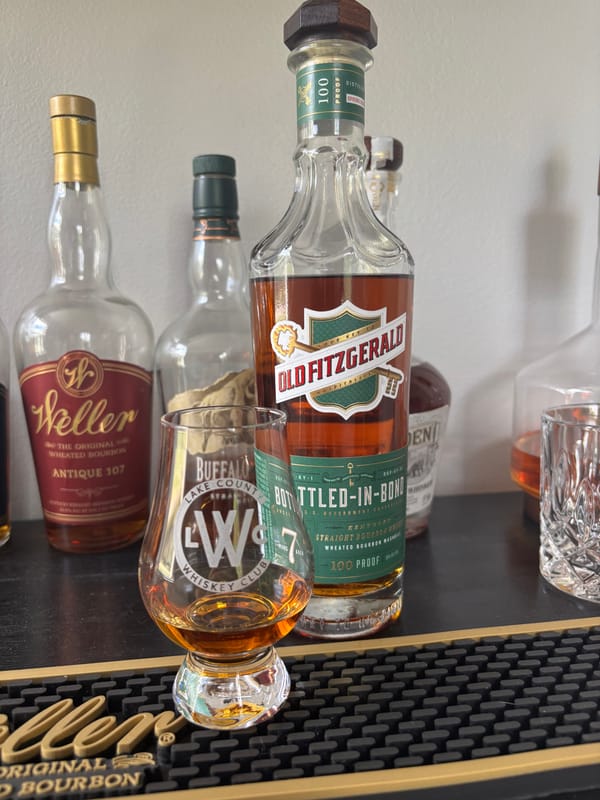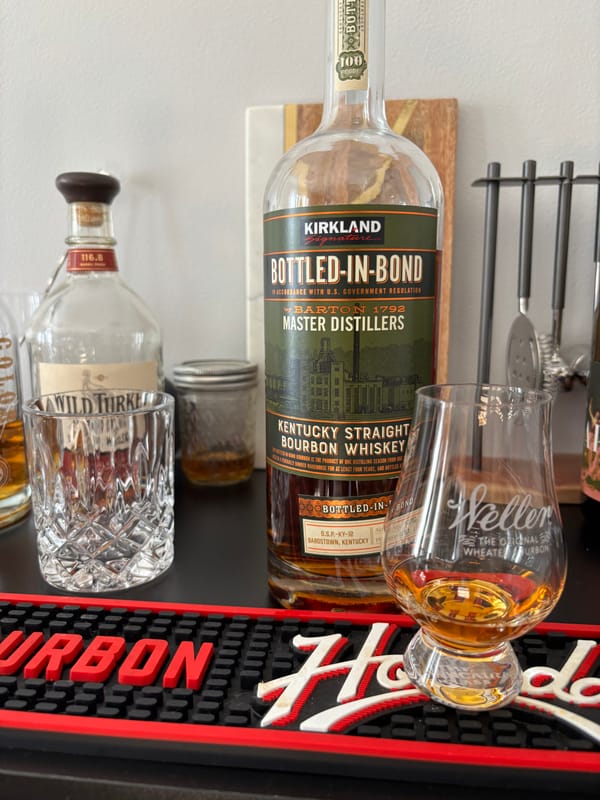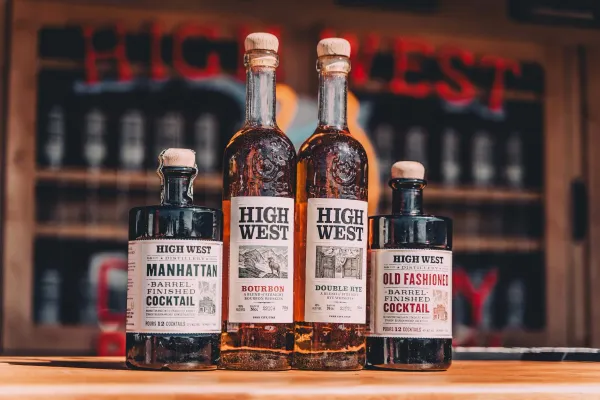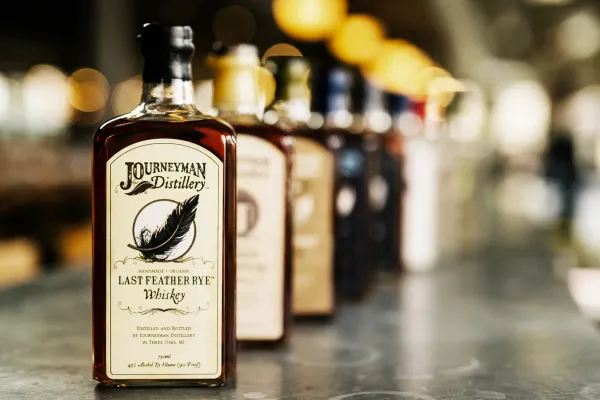Whiskey Yeast Strain Selection Guide: The Spark You’ll Wish You’d Known Sooner

Yeast Strain Selection Standards: The Whiskey Catalyst You Can’t Skip
Yeast strains in whiskey production aren’t just microbes. They’re the catalysts that spark fermentation, driving flavor creation with precision. If you don’t know these standards, you’re missing the spark that ignites every bottle. For whiskey enthusiasts eager to understand whiskey’s core, this is the rock-solid truth about yeast strain selection standards, grounded in legal standards and science, and a 2025 must-know.
What Are Whiskey Yeast Strain Selection Standards?
U.S. law requires whiskey (bourbon, rye, etc.) to be fermented from a grain mash, producing a wash of 8-10% ABV in three to five days, with yeast driving the process. Scotch and Irish whiskey (Scotch Whisky Regulations 2009, Irish Whiskey Act 1980) follow similar rules. Yeast strains, chosen for specific flavor profiles, convert sugars from corn, rye, or barley into alcohol and compounds like esters (fruity notes) and phenols (spicy notes). Proprietary or commercial strains, used in controlled fermentation at 75-85°F, ensure consistency for whiskeys bottled at 80 proof minimum after distillation (160 proof max) and aging (two-plus years).
How Yeast Strains Shape Whiskey
Bourbon fermentation often uses high-ester yeast, producing sweet, fruity compounds that evolve into caramel and vanilla during oak aging in Kentucky’s climate (20-100°F). Rye whiskey employs spicy yeast strains, yielding phenols that enhance clove and pepper notes post-distillation. Scotch single malts, fermented with malt-focused yeast in open vats, develop nutty, biscuity flavors, influenced by Scotland’s cooler conditions (40-65°F). Yeast selection, paired with mash bill (e.g., 51% corn for bourbon), determines the wash’s flavor foundation, which persists through aging (four to eight years) into whiskeys at 80-120 proof.
Why Yeast Strains Matter for Your Sip
A bourbon at 80 proof, fermented with sweet yeast, delivers rich toffee warmth, while a rye at 95 proof, from spicy yeast, offers bold clove intensity, per legal standards. Poor yeast selection flattens flavor profiles. Every sip reflects the yeast’s precise role, making your next bottle a vibrant expression of its spark.
Why Yeast Strain Selection Standards Matter in 2025
Yeast strain selection standards are whiskey’s flavor engine. By 2025, understanding these rules could make every sip a clear taste of crafted complexity, from fruity to spicy. It’s the truth in the spark, so don’t miss the catalyst.
Check out NEAT: Whiskey Finder—it’ll help you track down bourbon and whiskey near you.





